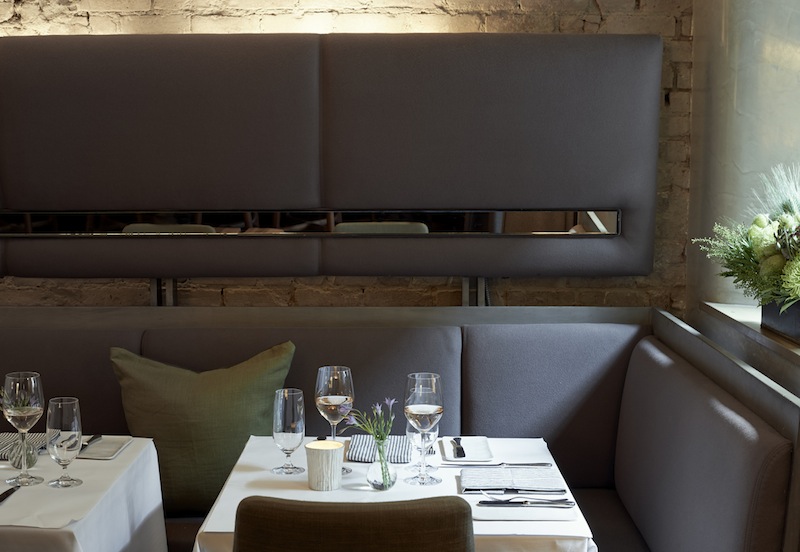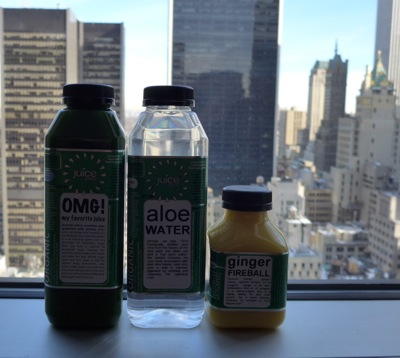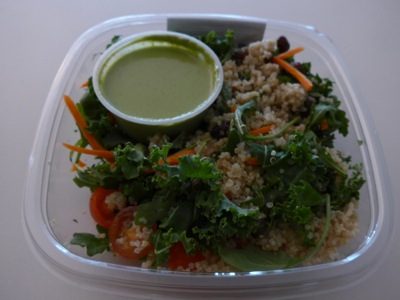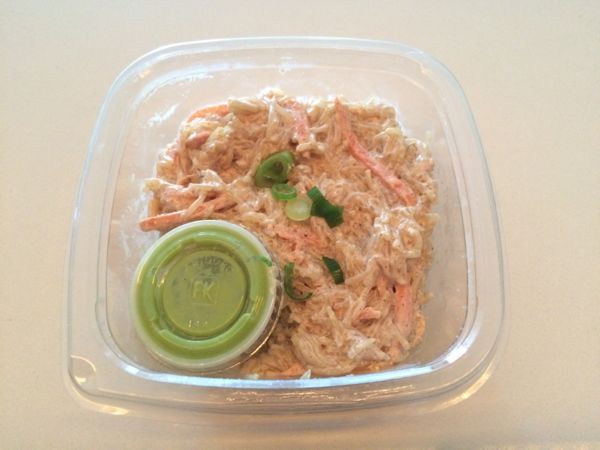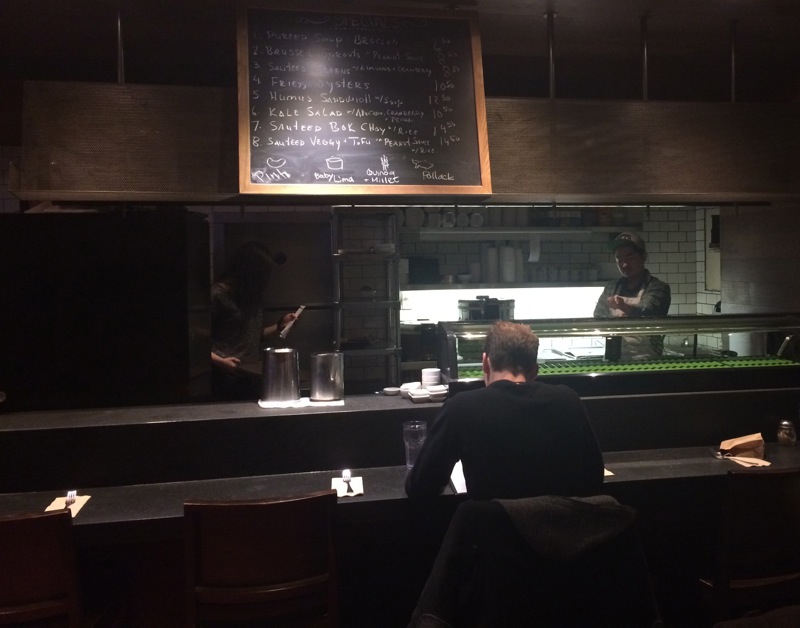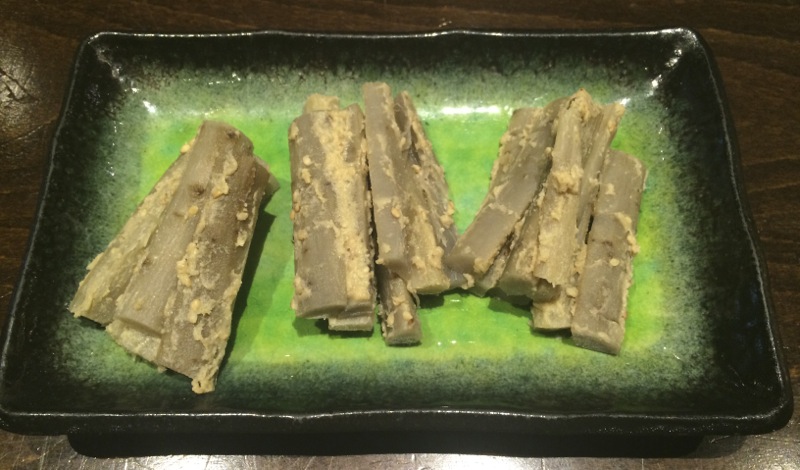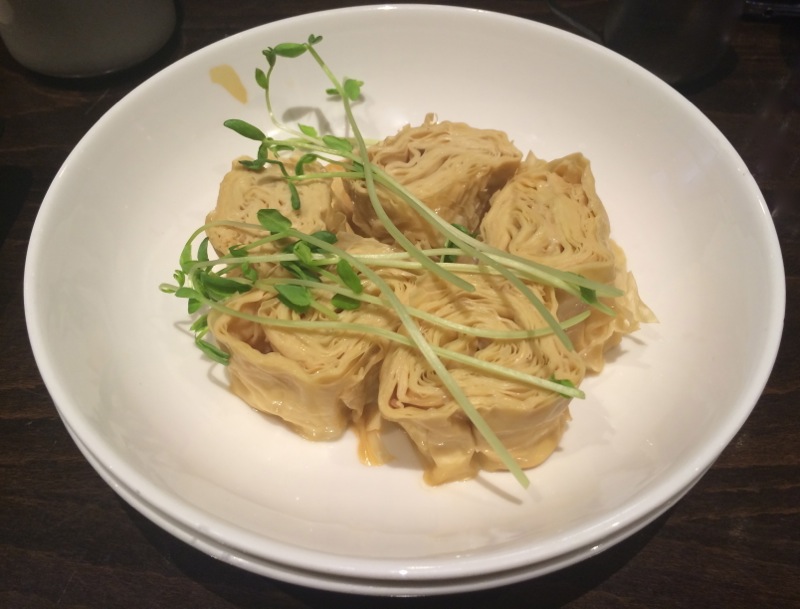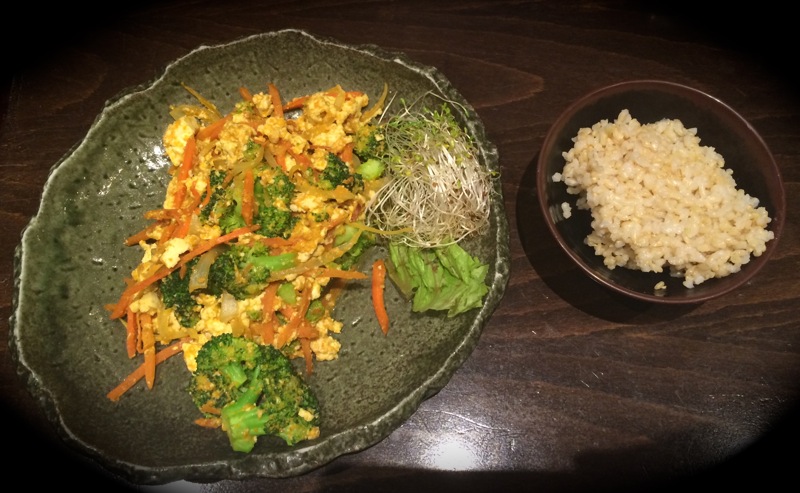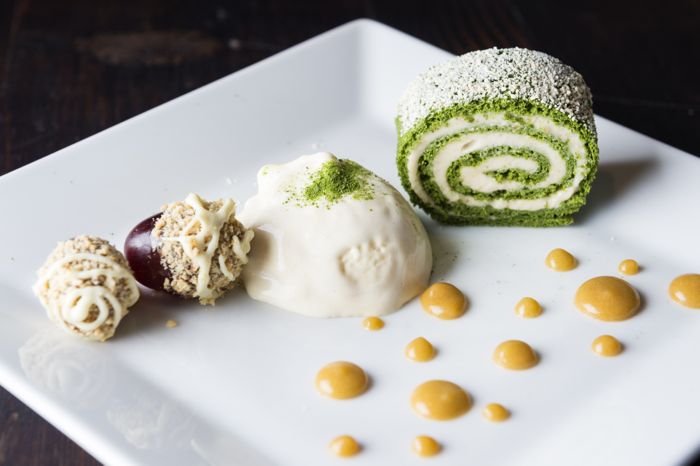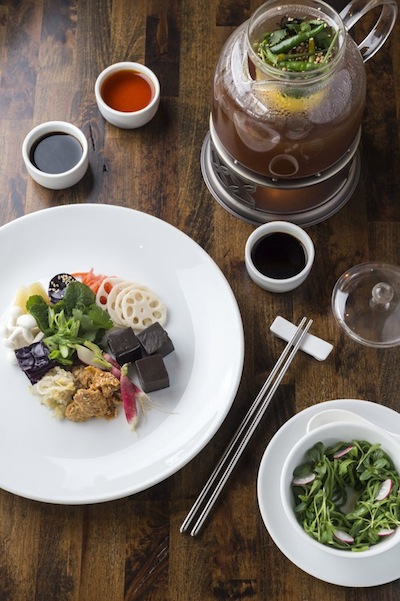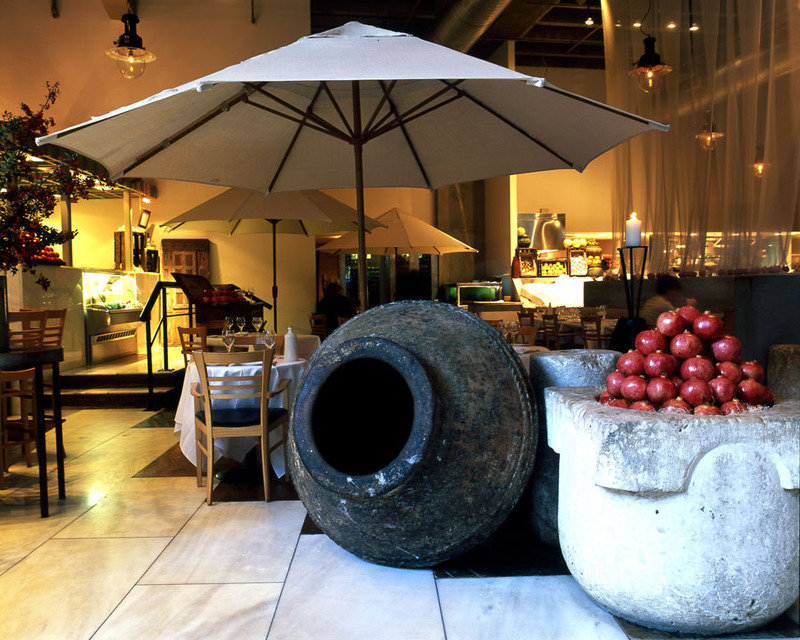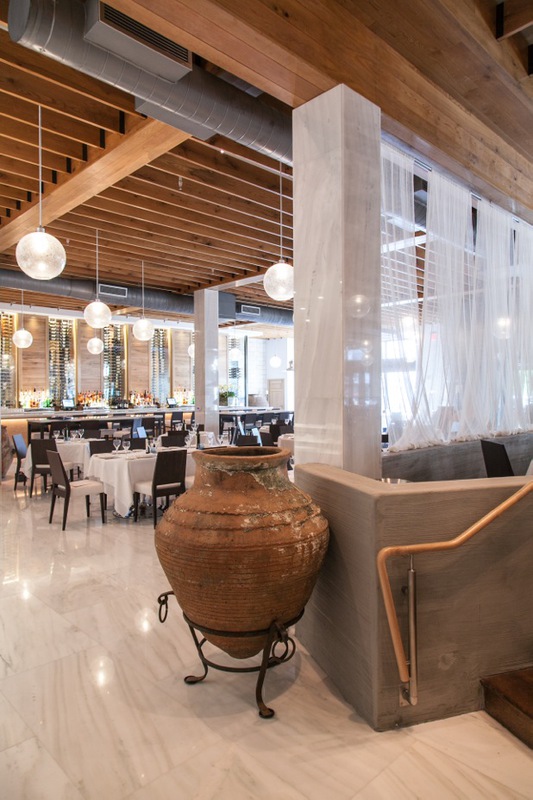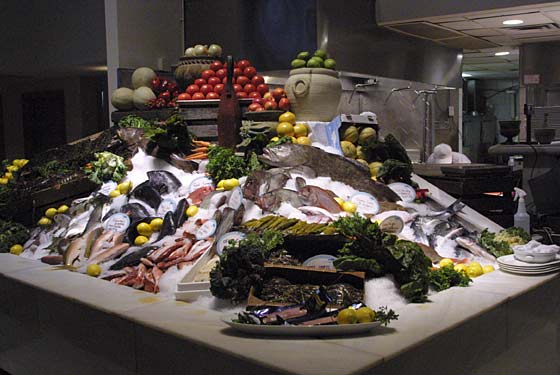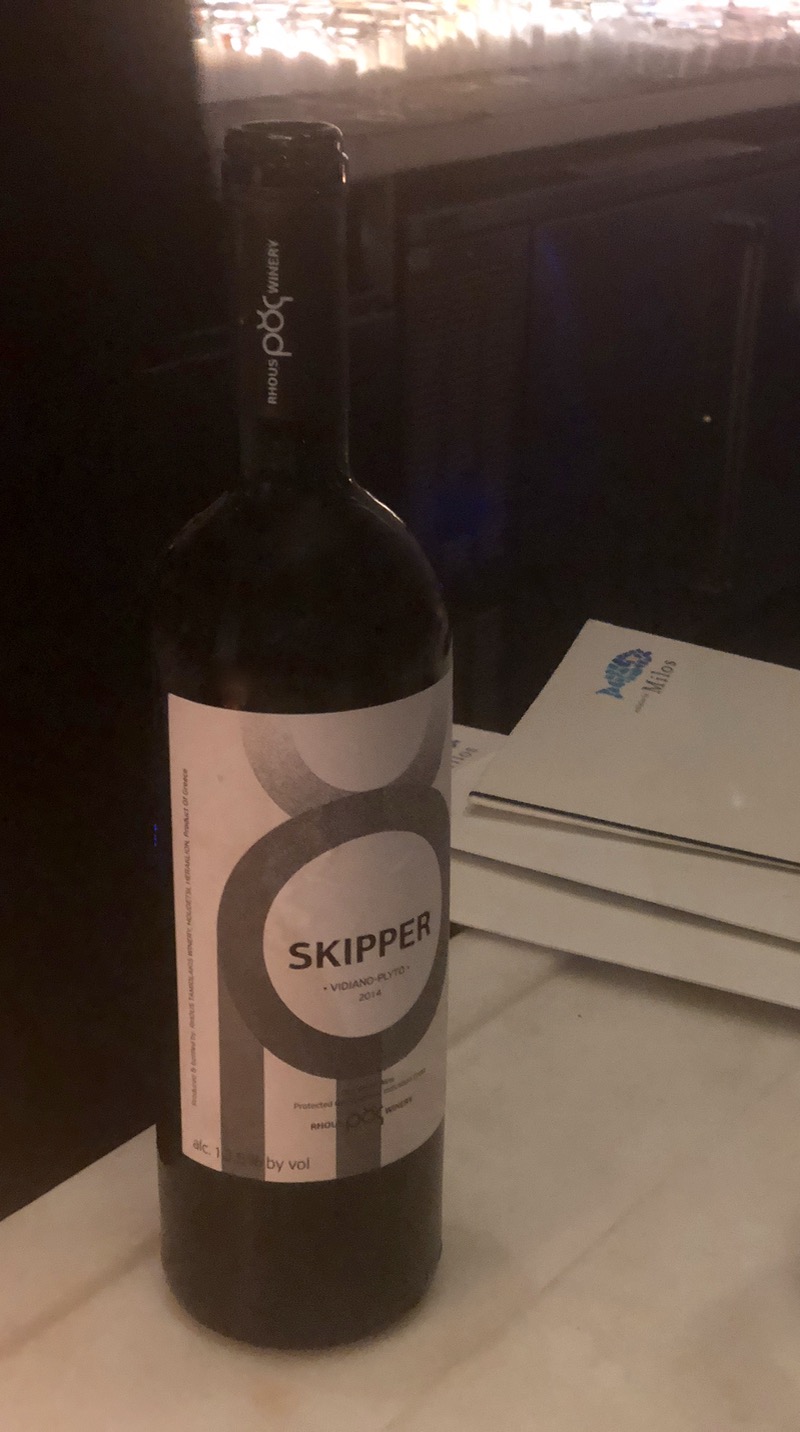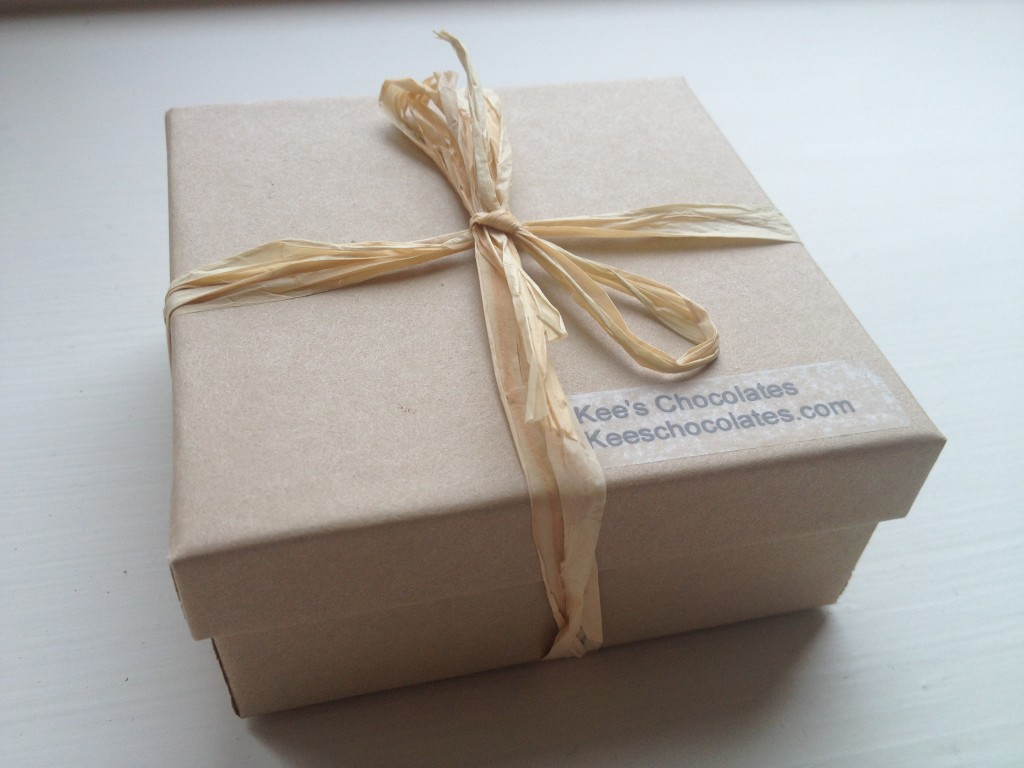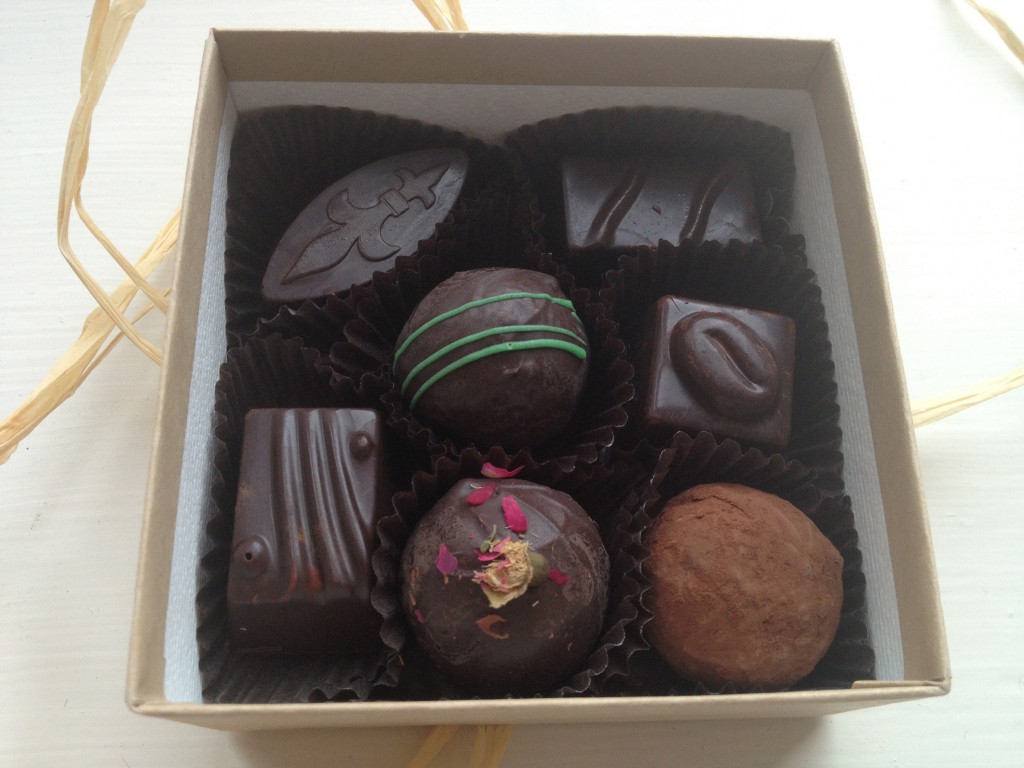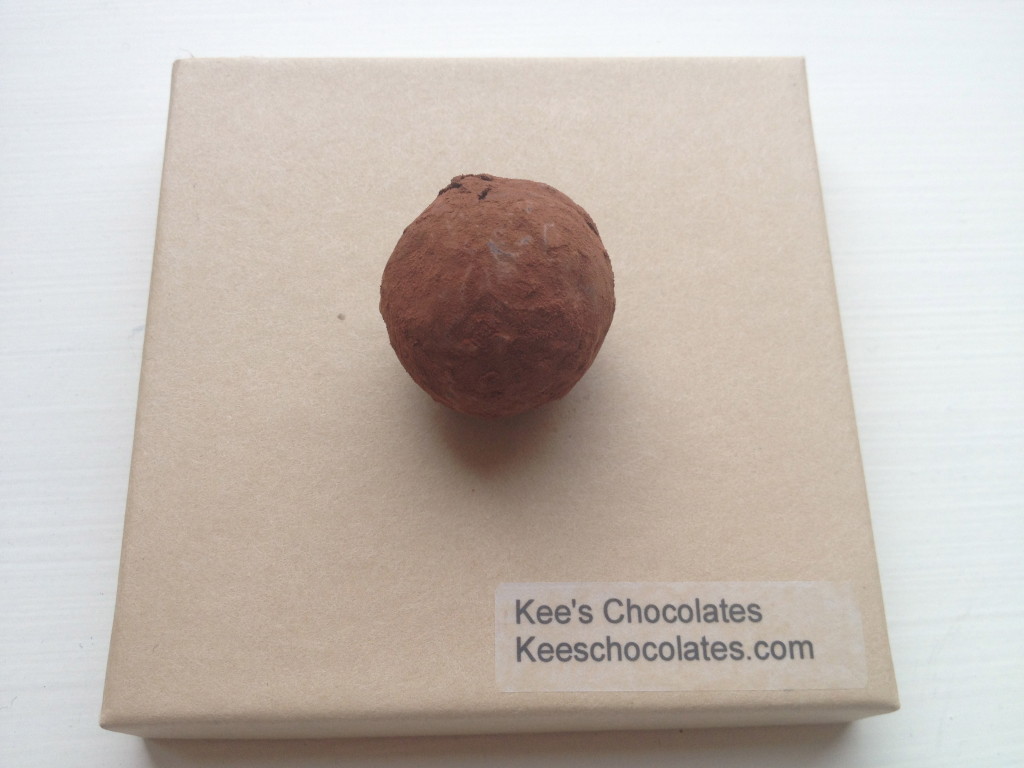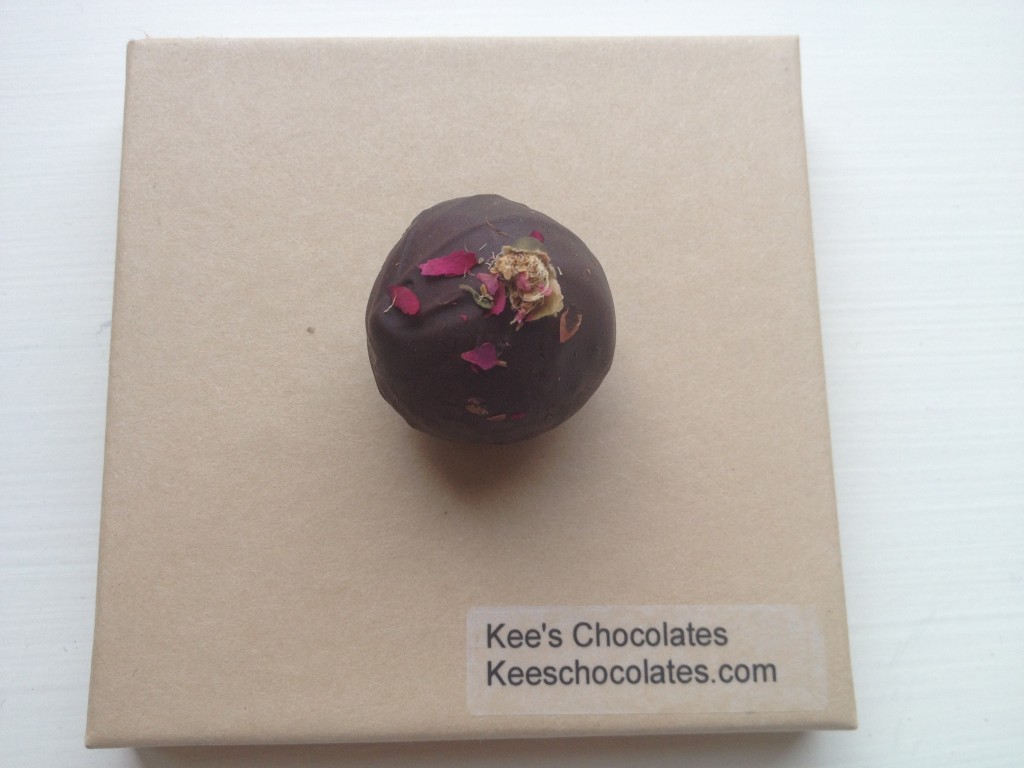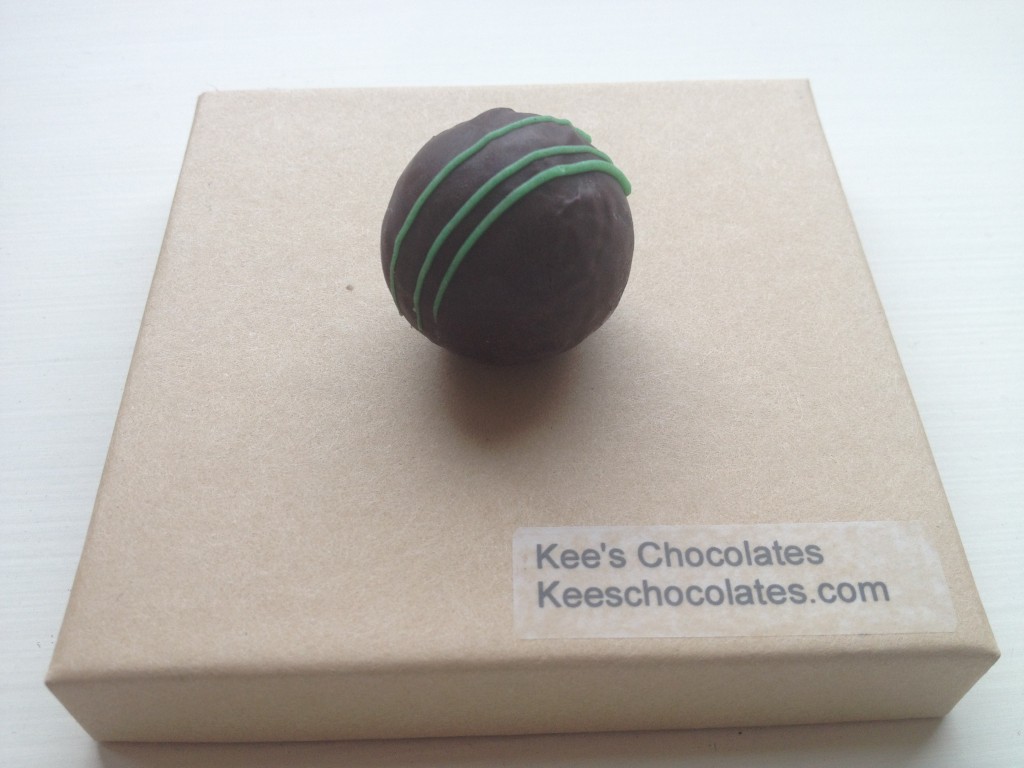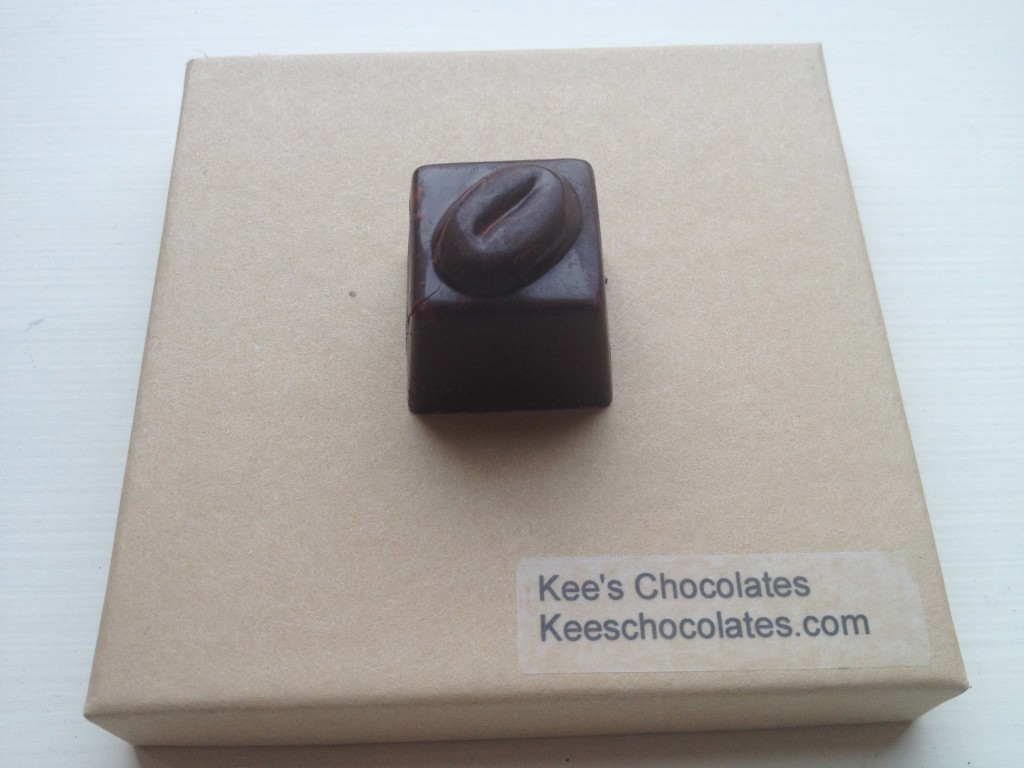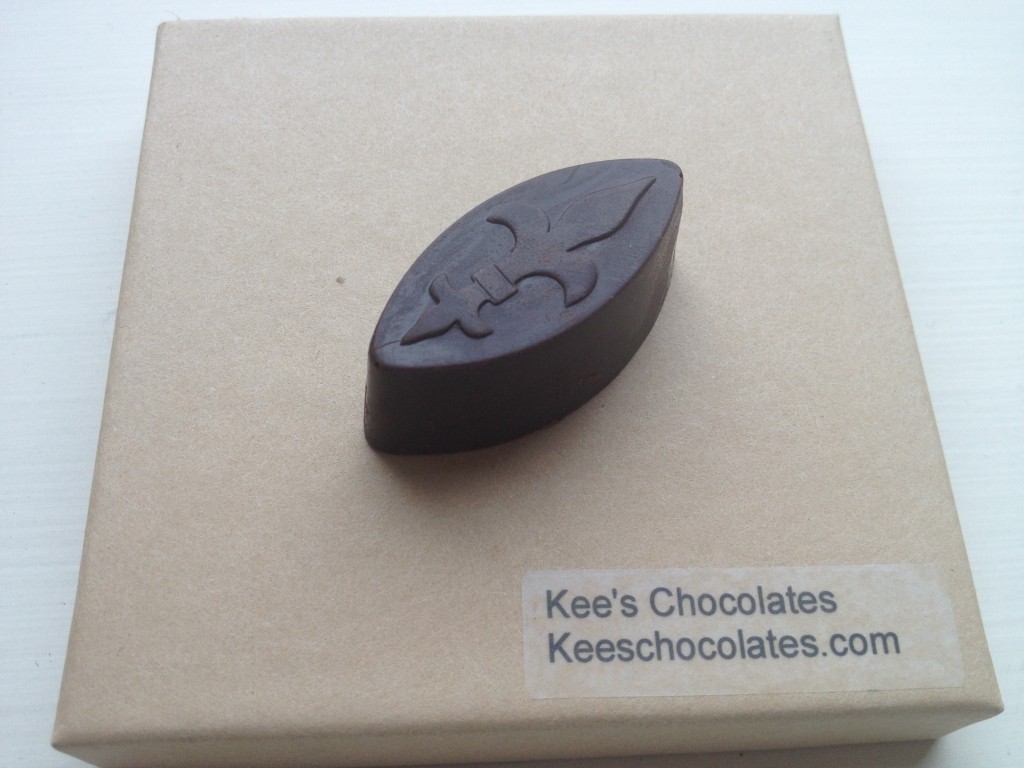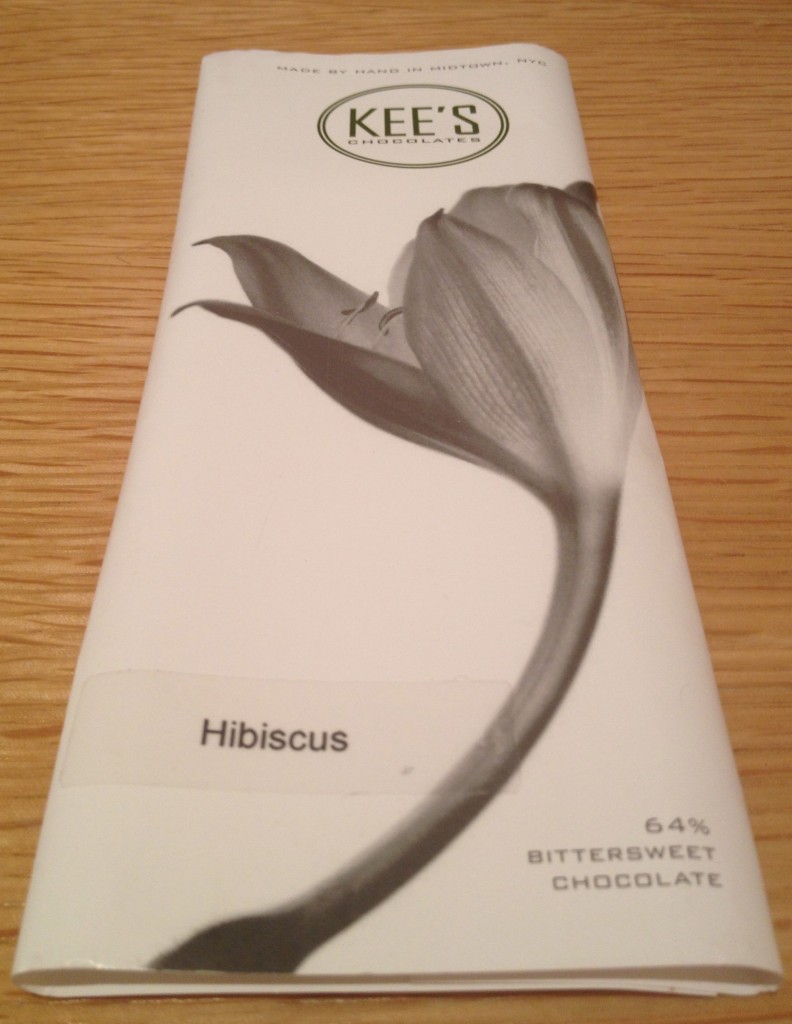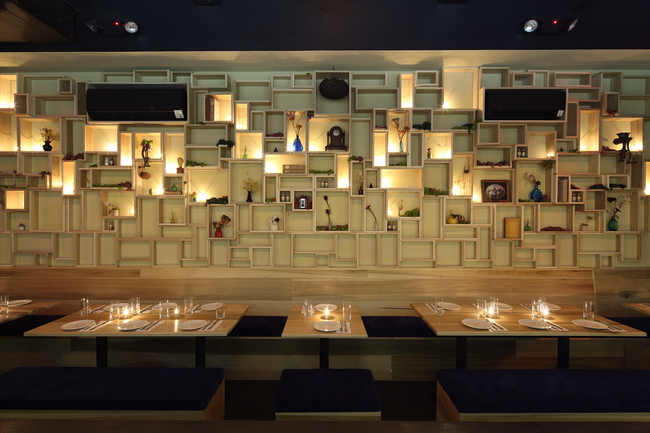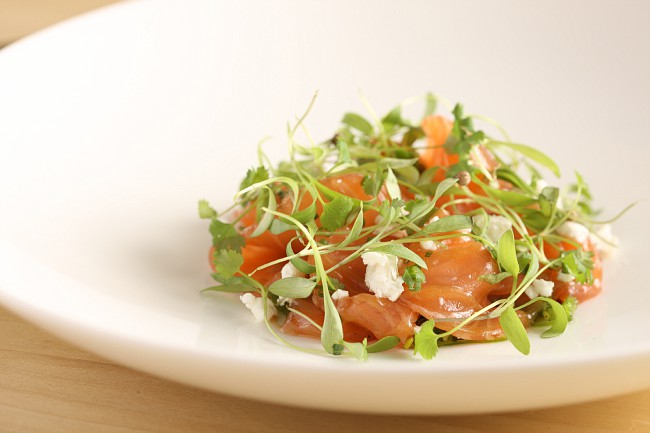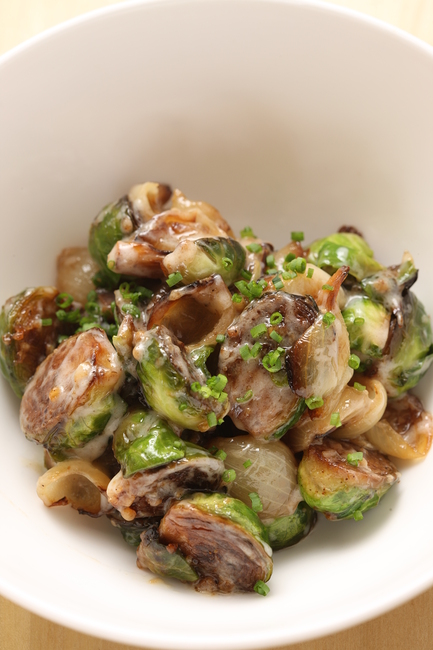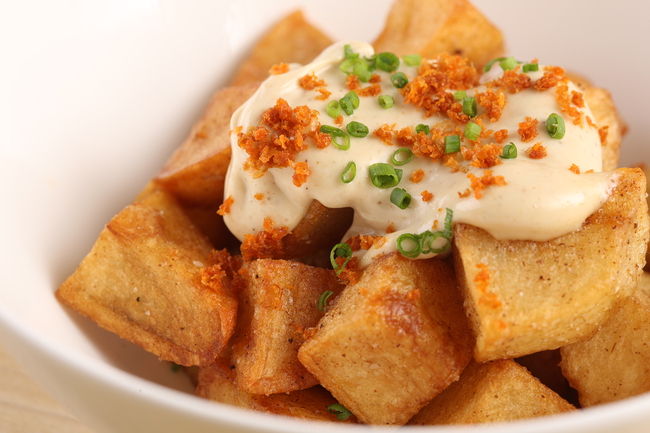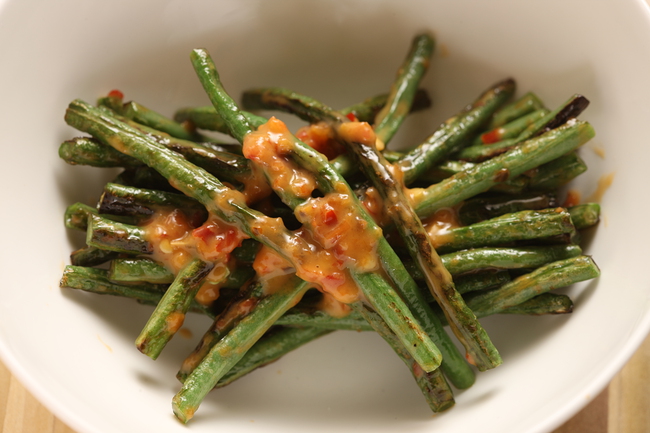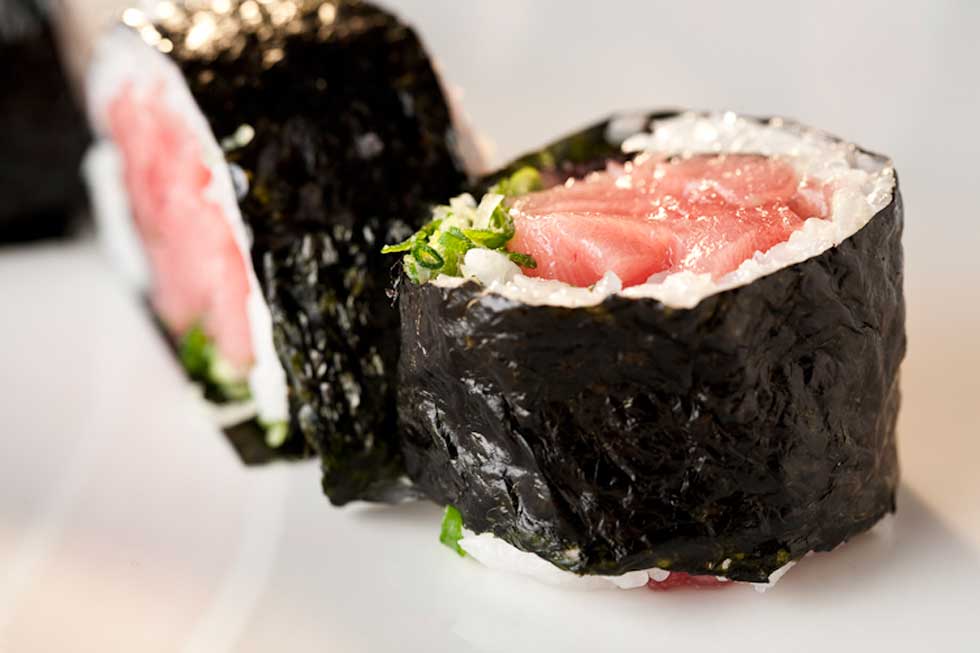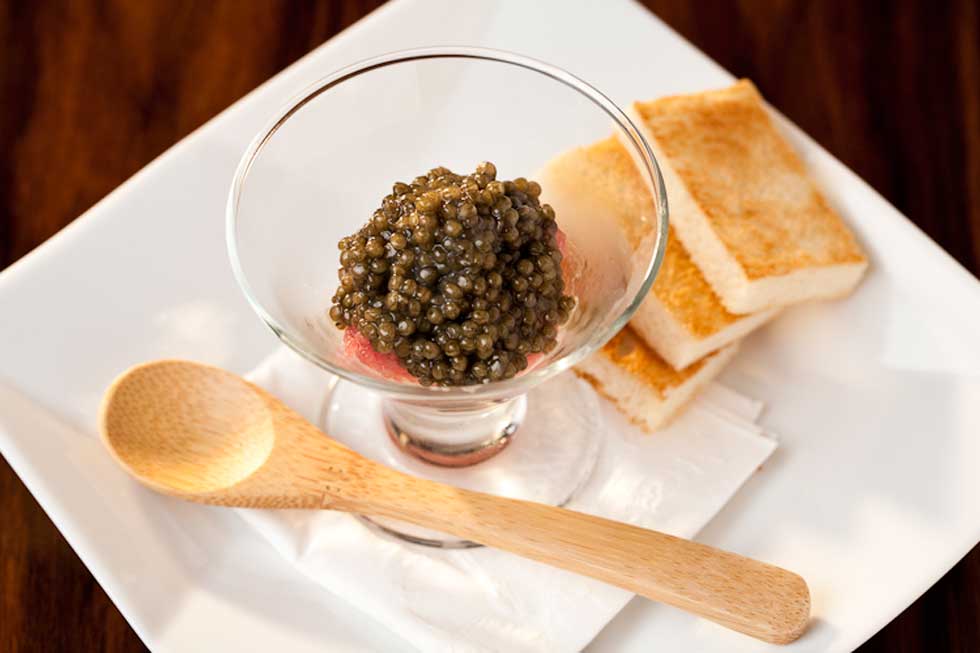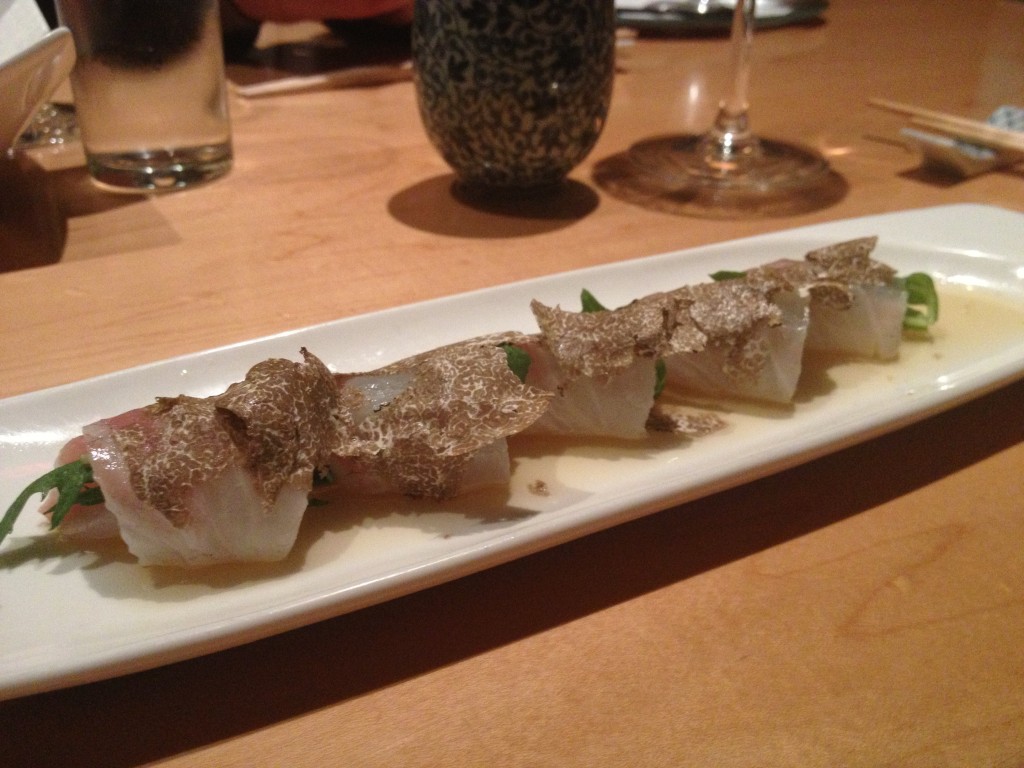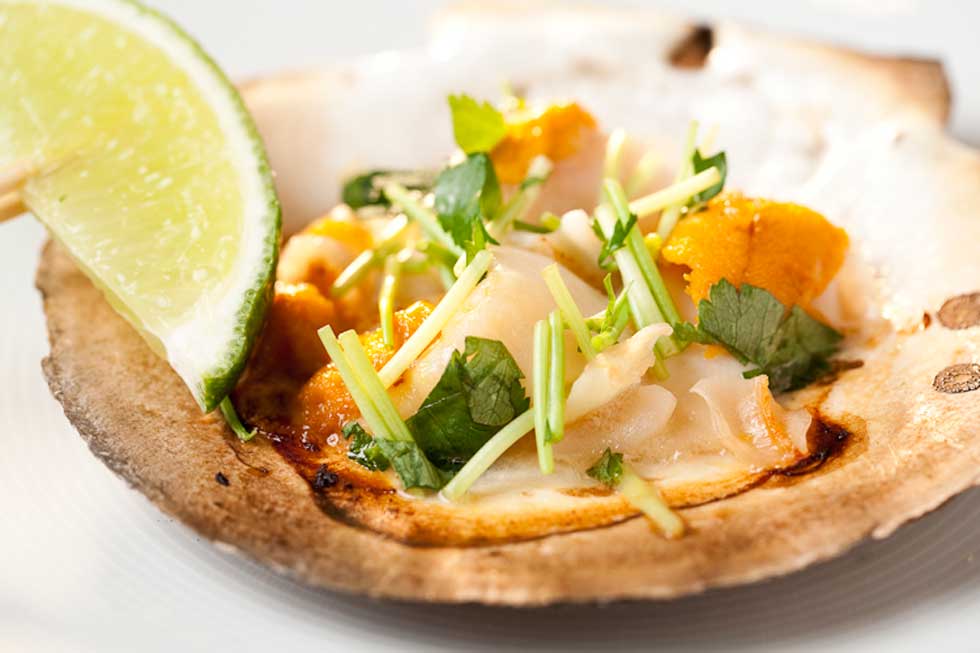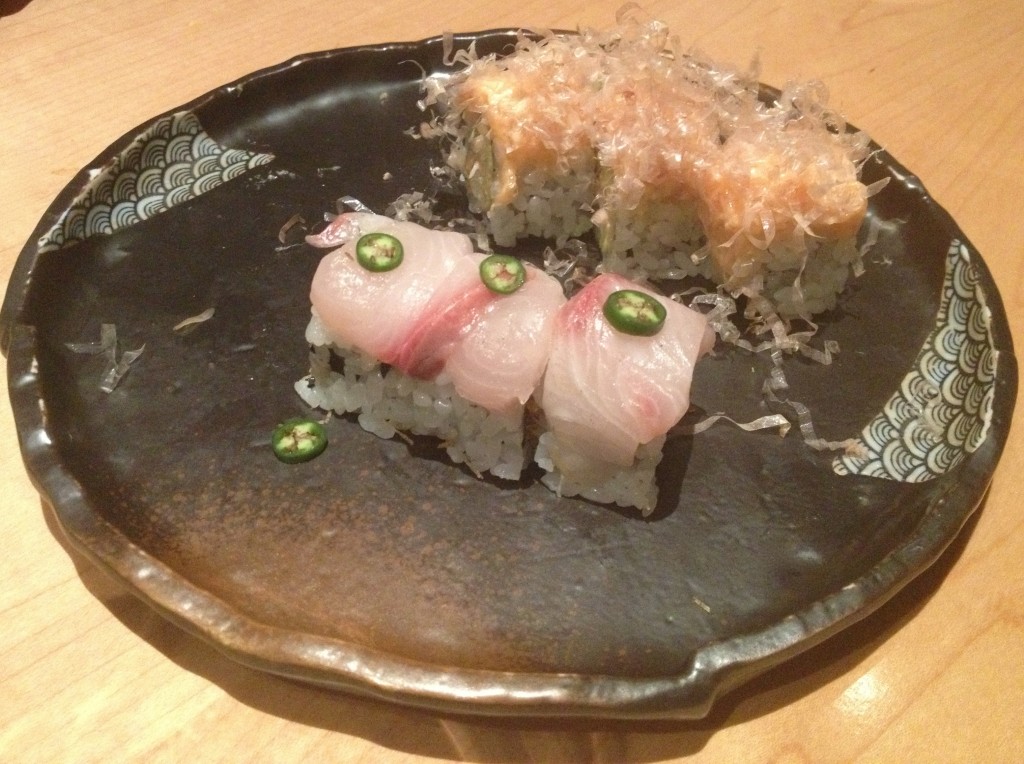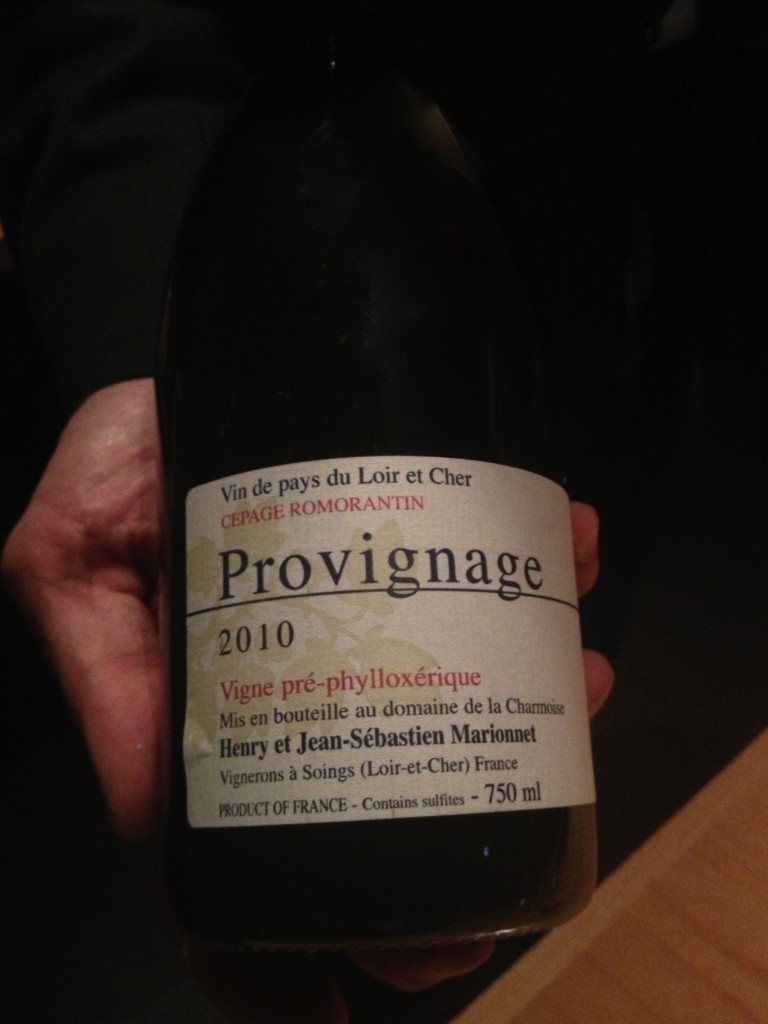Le Bernardin: the finest gastronomic take on seafood in New York
Triumphing all dining doyens of one of the most vibrant cities in the world, Zagat’s monitors, the participating diners themselves, plucked Le Bernardin as “The Best and Most Popular Restaurant in New York” throughout recent years. By receiving 29 points, only step away from the summit of 30, Le Bernardin became the only constant bearer flagging the “extraordinary to perfection” esteem in New York since 1996. The Michelin Guide sealed the seriousness of its business with three stars honours for a decade now. Le Bernardin picks the accolades like cherries in June, the restaurant ranks within top 20 on the San Pellegrino World’s 50 Best Restaurants list. Its global culinary star gleams on the skies over Manhattan.
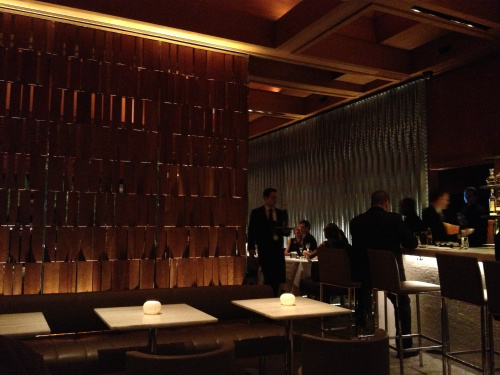
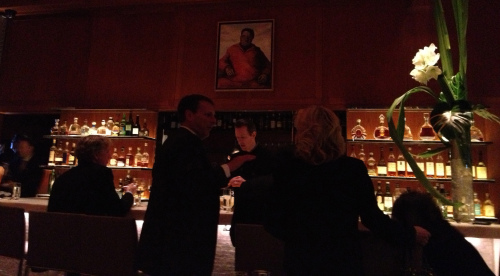
Conscious of all these flattering achievements one enters the restaurant fuming with extraordinary expectations, challenging Le Bernardin’s impeccable team in keeping them sufficiently fired up. My first, self-gratifying, encounter at the restaurant’s first-come, first-sit bar, left me gasping for almost three years of scoring the coveted reservation at the main dining room.
The bar, although offering a limited menu is surely a better deal, since the a la carte dishes at the main restaurant are very expensive (Prix-Fixe starts at $135 for four-courses and climbs with tasting menus that must be ordered by the entire table; a three-course lunch for set price $76 gives you a taste of the culinary riches there if your work schedule allows hours-lasting midday gourmandising).
It is worth the splurge, and if you like seafood, make a dinner at Le Bernardin your birthday wish. My recent otherworldly hedonistic pleasures from the chef’s tasting menu confirmed that neither* Annisa (overhyped or we just fought a bad night & ultra slow service), Bouley (very disappointing dinner this summer), Daniel (well-past its prime), Gotham Bar & Grill (ultra-accommodating service yet food lacks in consistency) could not win the battle of knives facing the French-born chef Eric Ripert.

Ripert has an unparalleled experience at Paris’ best dining establishments. First conceived in the “City of Lights”, Le Bernardin was the first purely seafood restaurant ever being awarded three Michelin stars. There, he worked closely with its founder and chef Gilbert Le Coze, the legend of the French seas. After the Le Coze’s death, Ripert continued to uphold the highest standards of Le Bernardin in Paris for years, but the success of the Le Bernardin’s expansion to the US was sawn on his chef’s white jacket. His knowledge of fish and seafood owes to his early experience on the Mediterranean shores of Antibes, South of France, that laid solid foundations to his culinary expertise.
The atmosphere at the scantly lit bar is slightly more lively and convivial as the bar chairs left you sitting next to strangers and the small closely set low tables, but the best to-be-seen crowd sits beyond in the brighter and comfortably arranged dining room. Dress up smart elegant if you ant to fit in or wear a sculpture on your head as one in her mind youthful lady did, drawing attention from all corners of the expansive restaurant. The ultimate eye catcher though is a giant photograph of ocean waves on the back wall. Drawing you in as if you were a surfer captivated by the water
Take your board and enjoy the ride through the chef’s tasting menu rooted mostly in the French cooking techniques. The chef captured his culinary spirit saying:
Everything we do in the kitchen—using subtle textures and flavors, seeking out the freshest ingredients—has the same goal: to enhance and elevate the fish.


No frills diners can start with oysters or caviar. Although sourced from the best purveyors and undoubtedly a luxurious catch, these do not test the chef’s skills. For more show in your shells, try the Chilled Beausoleil oysters; sea grape and pickled shallot, “seaweed water” gelée.
It all starts with the bread though and the French roots of the chef show their full potential with a wide and creative, perfectly warm selection from the bread basket. A shiny cover is lifted and ‘Voilà‘ butter, of course!
At the bar, we ordered the Peruvian Style Scallop Ceviche with our glass of champagne. Since Peruvian food preparation has been in the spotlight of recent years, Ripert could hardly escape the enchantment of the savory whims of this Latin-American culinary style.
In the line with his elevating philosophy, the scallops were utmost tender, melting softly like a scoop of gelato almost without using your teeth. Gently refreshed with the spicy lime juice, they were bathing modestly submerged so their tender skin remained unaffected. Unlike in Peru, where the sauce pops out and twists your tongue in an anxious move from the acid attack, in New York, they received delicate treatment from the sensitive chef.
Currently, the Kanpachi Tartare covered by a layer of wasabi tobiko ginger and embalmed in a coriander emulsion is not anymore on the menu. It was superbly balanced as is now the Wild striped bass tartare; jicama salad, champagne-mango emulsion with a bit of sweet fruity twist.
The Yellowfin Tuna carpaccio; Iberico ham “chutney,” sea beans, lemon and extra virgin olive oil from the restaurant’s menu has been in revised preparations served at the restaurant for years. The paper-thin slices of sublime tuna are layered and dressed to impress your taste buds.
From the warm snacks at the bar the Warm Lobster and Truffle “en Brioche” was perhaps the richest seasonal offering. The fluffy Brioche was filled with boiled tender lobster and black truffle shavings. Aromatic, intense yet still retaining harmony.


Our Chef’s tasting menu at the restaurant included:
Yellowfin Tuna carpaccio (above)
Pan Roasted Langoustine; Foie Gras Soubise Aged Sherry-Verjus Vinaigrette
Lacquered Lobster Tail; Herb Spring Roll, Lemongrass Consommé
Pan Roasted Monkfish; Baked Portobellos, Pearl Onions à la Crème Paprika Sauce
Grilled Escolar and Seared Wagyu Beef; Fresh Kimchi Asian Pear, Soy-Citrus Emulsion
Matcha Green Tea Custard, Preserved Lychee Jasmine Ice Cream
Marinated “Golden Blueberries,” Frozen Sweet Corn Meringue
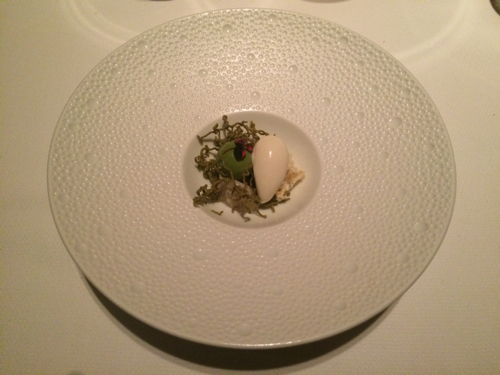
The chef keeps the rise in vegetarianism in check, currently offering Warm artichoke panaché; vegetable risotto, lemon emulsion and the Mesclun Salad of the day’s market herbs and vegetables with balsamic-shallot vinaigrette.
Ripert simply covers it all. Interestingly in his signature tasting menu, one of the courses was an unusual fish meets meet course of White Tuna-Kobe Beef served with fresh kimchi, Asian pear, soy-citrus emulsion. More purely meat dishes like duck, lamb and fillet mignon can be served upon request if the land call rings louder to your taste. Yet, what I savoured with the most pleasure in by the sea and Maine lobster gifted country was the trio served before:
Warm King Fish “Sashimi;” Osetra Caviar Light Marinière Broth, the utmost treat and perhaps the best dish I had this year, but I also enjoyed the Asian flavours harnessing Lacquered Lobster Tail; Herb Spring Roll, Lemongrass Consommé and finally the Pan Roasted Monkfish; Baked Portobellos, Pearl Onions à la Crème Paprika Sauce. Impossible to make these better!
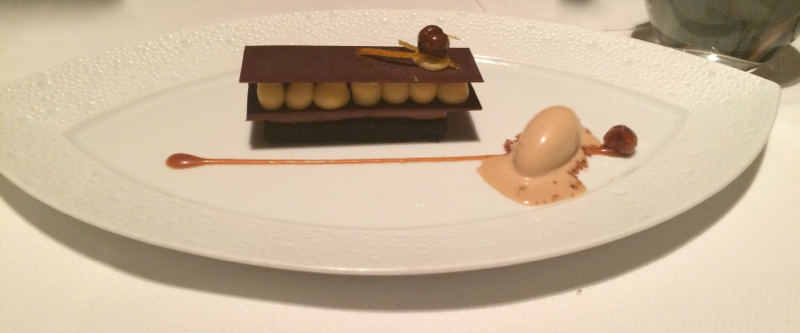
The desserts are outstanding jewels on their own. Gluten intolerant foodies with a sweet tooth and chocolate affection will delight in the Hazelnut Praline: Flourless Hazelnut Cake, Gianduja Mousse, Orange Curd, Praline Ice Cream. Our voracious appetites did not have enough after two desserts from our tasting so we split one before the chocolates and other mignardises arrived with our tea.
In the afternoon, you can come to the bar and savor the french style with the “Café Gourmand”. In this dressed down French version of the afternoon tea, you will get a tasting of a trio of mini sweets with a cup of top quality coffee.

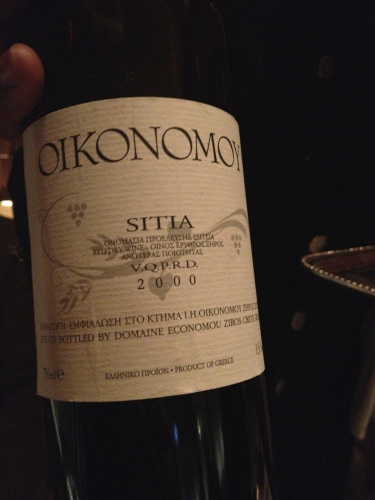
Drinking well at Le Bernardin
The best sommelier in town, Aldo Sohm, secures intriguing wines by the glass and extraordinary bottles. From the white mineral Burgundy-like (imagine a Puligny-Montrachet) Domaine Aubert‘s Chardonnay of the Sonoma provenance to red Greek wine from the Domaine Economou of Crete, one can stretch the global wine boundaries during one meal. After 7 years of ageing at the winery, the blackberry and spice scented Greek beauty is ready to drink when it is released to the market. The local red grape varietals Liatiko (80%) is blended with 20% of Mandilaria. The mature flavours humming with plum, spices, blackberries, jam, raisin and prune flavours, unveil complexity, supple tannins and long-lasting aftertaste. By-the-glass – you must try it! There are plenty of older vintages of anything from Europe through the New World riches. The team of sommeliers, each proudly wearing their tastevin, swiftly cruise between the tables seeking your attention, so capture one of them and enjoy the wine talk. It is a special meal out, and if you spent five hours dining at Le Bernardin, you won’t be the only table who did so!
🕗 Lunch: Mon– Fri: 12 pm – 2:30 pm
Dinner: Mon – Thurs: 5:15 pm – 10:30 pm; Fri– Sat: 5:15 pm – 11 pm
✉ 155 West 51st Street, Mid-Town New York 10019
☏ +(1) 212 554 1515
- I have not secured a table at Eleven Maddison Park yet, and it has been years since I dined at Jean-Georges French flagship, therefore, cannot include these two top-ranking restaurants in my comparison.








